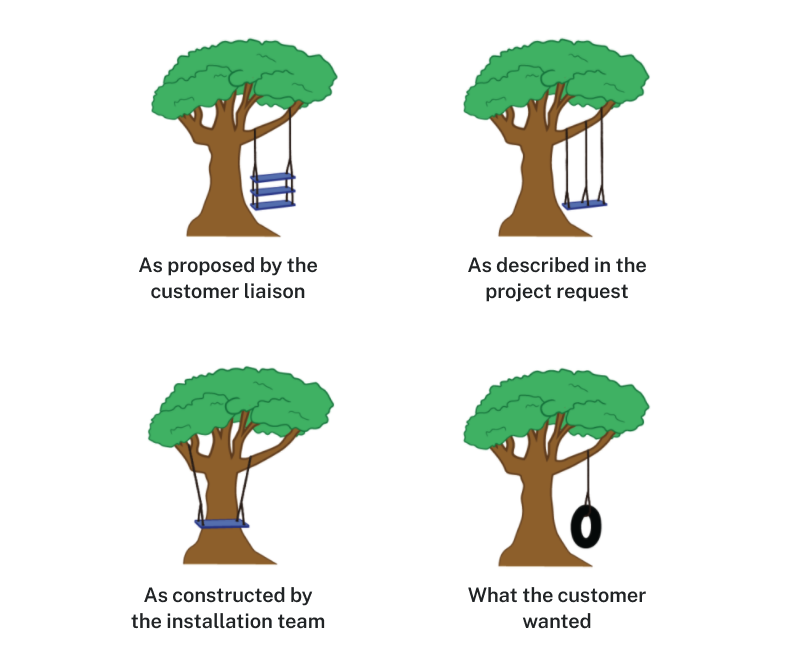- Explore how good communication skills can make you a better employee
- Understand the difference between the main audience and other audiences in business communication
- Understand the social communication model
- Recognize the important characteristics of effective business writing
- Explain how professional and personal communication can overlap
The Role of Communication in Business
Business is about people. Businesses serve people with products and services; employ people and pay them to do work; and engage with the communities in which they operate. To be in business is to be surrounded by people who interact with you or who require something from you.
Being successful in business or any other profession involves building and maintaining relationships, completing tasks, working in teams, and expressing ideas by using effective communication. To be an effective communicator, you need to be understood.
Becoming a Better Employee
Communication is something we often take for granted but not often something we actively think about improving. Yet being a good communicator can lead to opportunities for growth as an employee, make you more valuable to your employer, and help you advance in your career.
Consider the tree swing in the figure below. The creation of that swing started all wrong and then got worse from there.

Assume each tree represents a different version of the project based on varying interpretations of what the customer wanted. Let’s approach the tree swing project as though you were the project manager in charge of completing this project. How could you have been a better employee and improved that result with better communication? Let’s look at what happened step by step.
Step 1: Meeting with the customer liaison
As the project manager, you met with the customer liaison, Jerome, and heard his translation of the customer’s wishes. Jerome very clearly told you the customer wanted a swing with three seats, one on top of another. Now, you’re an expert on tree swings. Does his request make sense?
This is an effective communication opportunity. You could have asked questions, clarified, and repeated what Jerome told you. You could have told him this kind of swing design was highly unusual and not generally embraced by tree swing aficionados. An opportunity to engage in effective communication with the customer was missed.
Step 2: Specifying the project request
As the project manager, you had to provide the production team with an accurate description of the project. Rather than requesting three seats, you requested three ropes to secure the swing to the tree.
This is another effective communication opportunity. You could have proofread and double-checked to make sure your request matched Jerome’s request, but you did not. You missed an opportunity to ensure effective communication by using reinforcement and repetition.
Step 3: Designing, production, and installation
Your swing production team did not question your request for three ropes. Next, the installation team got there and the product wouldn’t work without additional reinforcements, so they did what was needed to make the product functional.
This is another effective communication opportunity. Not only did they miss opportunities to communicate with each other, but you missed an opportunity for follow-up, reinforcement, and repetition.
When your manager gets a call from the customer complaining about not getting a tire swing that seats three people, your manager will come to you for answers. It will be clear that improved communication would have allowed you to deliver better results.
Employees who communicate effectively can avoid all these issues. They are presented with a problem, and they take in all the necessary information. Then they use messaging that is:
- Objective
- Clear
- Relevant
- Concise
- Consistent
- Complete
- Considerate of the knowledge the audience possesses.
When writers work to improve their communication skills, they become better team members, co-workers, and employees.